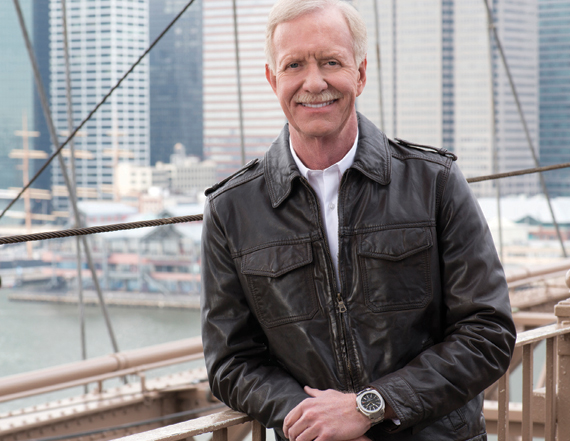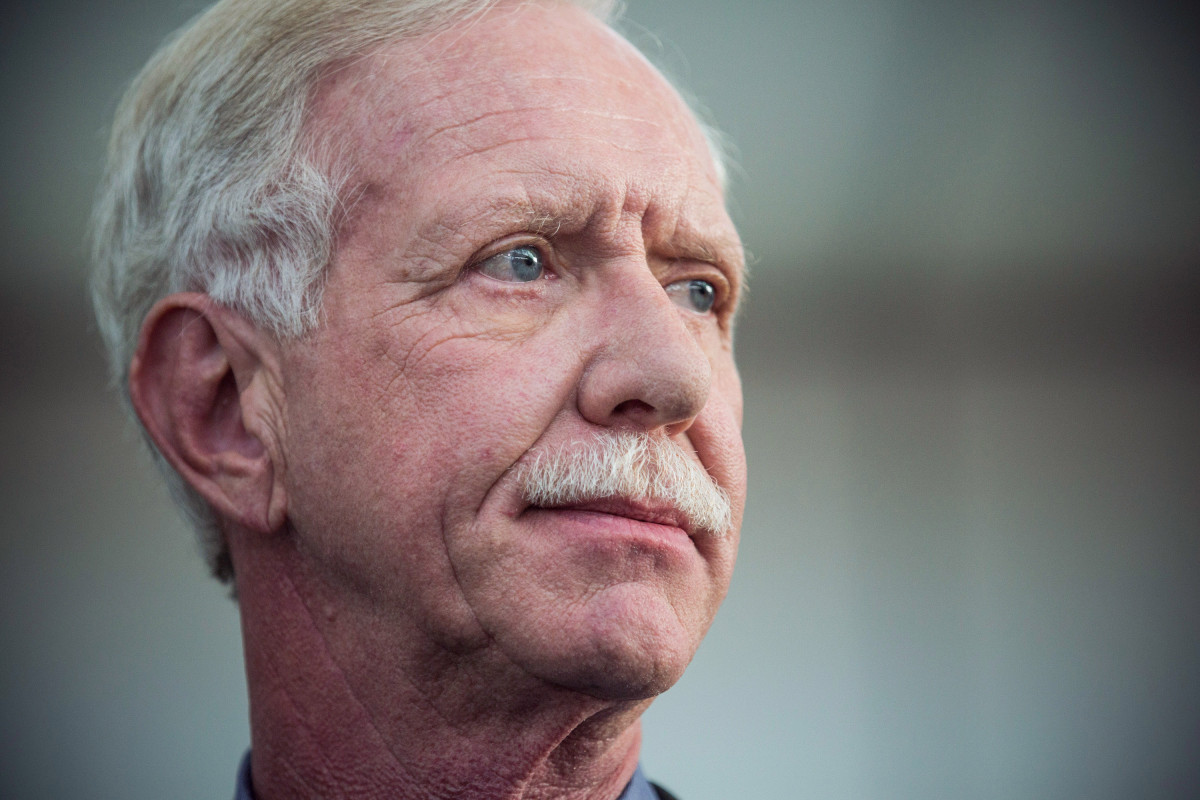HFMA: Patient Safety Starts with an Aligned Crew

Chesley B. “Sully” Sullenberger appearance on CBS “The Doctors”
November 6, 2013
Speaking Up for Safe Skies
November 13, 2013Patient Safety Starts with an Aligned Crew
AN INTERVIEW WITH CAPTAIN CHESLEY B. “SULLY” SULLENBERGER III
AN AVIATION HERO SHARES SOME TAKE-AWAYS WITH PHYSICIANS ON CREATING STRONG, SAFETY-FOCUSED PATIENT CARE TEAMS.
Like many clinical teams that assemble to care for patients, airline crews often bring together complete strangers. In fact, Captain Chesley B. “Sully” Sullenberger only met Jeff Skiles, the co-pilot of fated U.S. Airways Flight 1549, three days before the icy river landing that earned Sully the nickname “Hero of the Hudson.”
“Yet, had you been in our cockpit, you would have thought that we’d been working together for years. We were a team,” said Sullenberger. “We had been trained to a high professional standard, and we knew our roles and responsibilities so well that we’d become interchangeable.”
Sully credits his crew’s ability to work in concert—safely landing the plane just 3½ minutes after encountering the flock of geese— to the aviation industry’s top-down commitment to safety. “After decades of improving technology, equipment, and training, we began to address the human performance part of safety in the 1980s and 1990s,” he said. “We came to realize that bad outcomes are almost never the result of a single error, but instead a causal chain of events.”
Crew Failures
Postmortems of seminal plane accidents helped the aviation industry see that most failures were crew failures as opposed to individual failures. “In these accidents, someone on the team often had a concern or had knowledge that the decision maker or captain lacked. If that person had shared that knowledge—and had the captain been more approachable—it might have saved the day.”
The fatality rate in commercial air travel in the United States was reduced by 83 percent in the 10 years between 1998 and 2008. This dramatic improvement occurred after the federal government and the aviation industry combined forces to dissect accidents and identify and implement high-leverage interventions to prevent future catastrophes.
Human Skills
Another key change was the adoption of crew resource management (CRM), which is a training program that helps flight crews improve communication, align goals, and create a shared sense of responsibility.
“We’ve flattened the hierarchy so the leader is more approachable. We’ve made it psychologically safe to approach a captain about an important safety issue. It’s not aboutwho’s right, but what is right.” says Sullenberger, who helped develop and roll out the CRM curriculum to flight crews.
Chesley B. “Sully” Sullenberger: Patient Safety Starts with an Aligned Crew View More >


